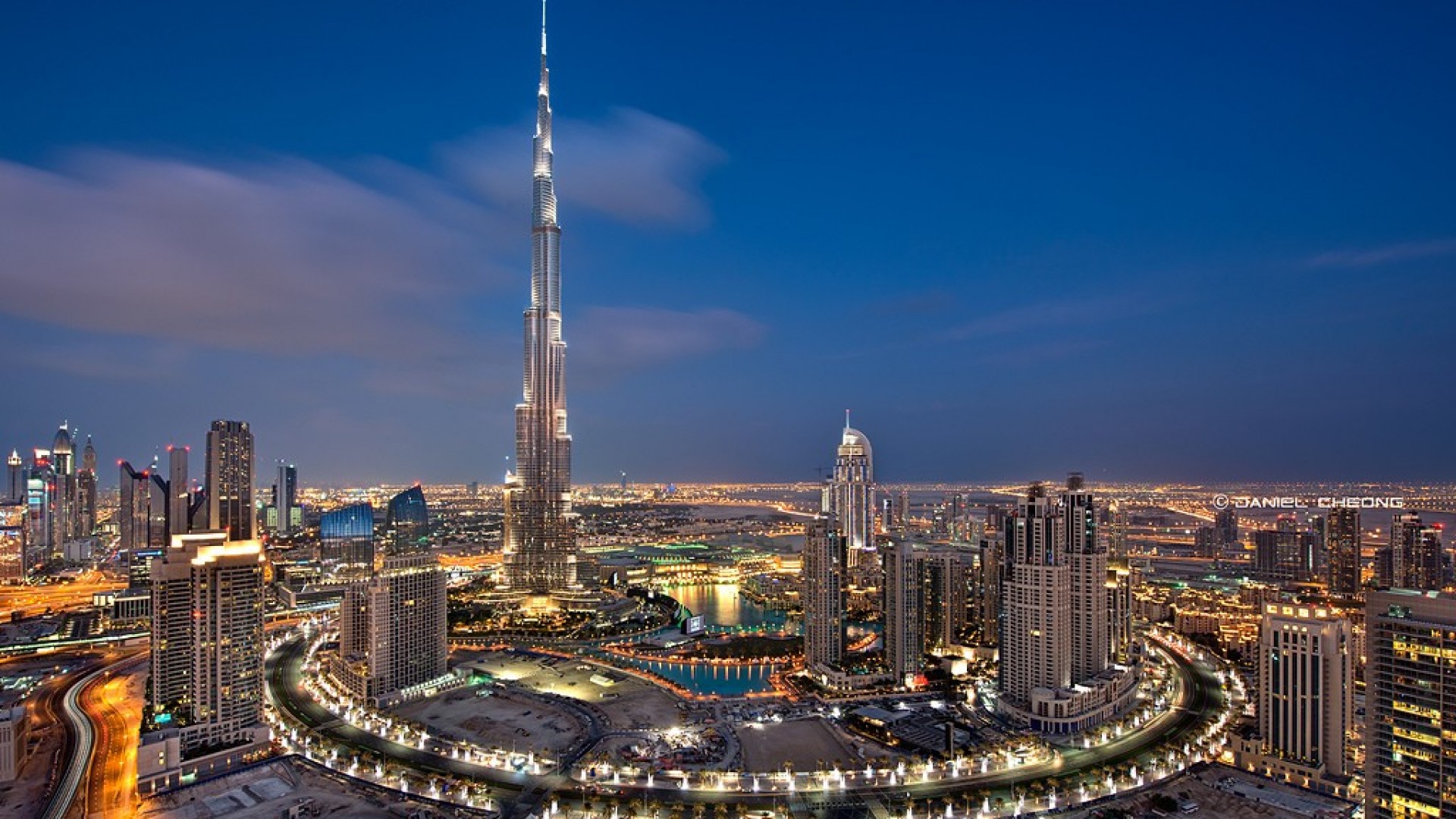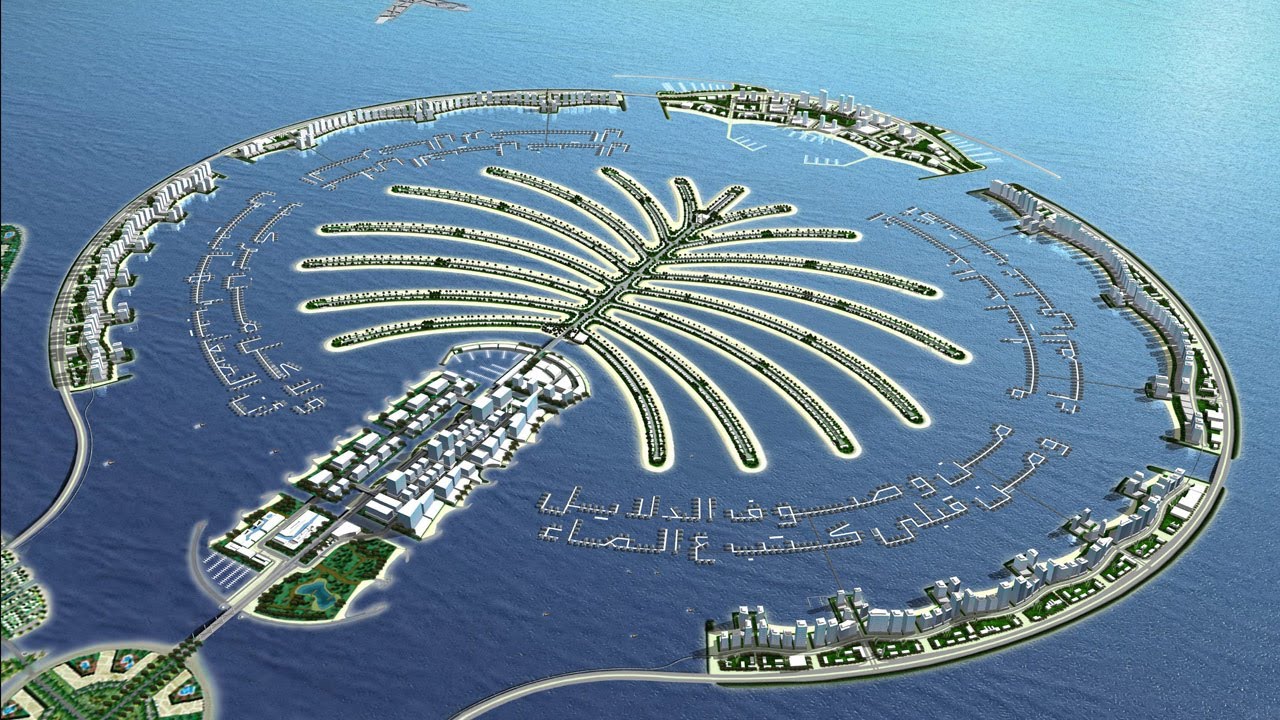The words ‘first, tallest, deepest, most expensive, lavish, outlandish’ could have been created for this city. Where else would you find a seven-star hotel, visit a series of 200 man-made islands in the shape of the countries of the world, or climb the world’s tallest building?
Amidst all this modernity, as you head from a swim in the sea or a business meeting to designer boutiques, a round of golf or a top teppanyaki restaurant, the age-old souks still attract those who like to haggle. And yet only a few kilometres into the magnificent desert there are still camels roaming free.
There is a vibrant and cosmopolitan air about Dubai, for instance the way the traditional abra boats carry a kaleidoscope of tourists side by side with sari-wrapped Indians and locals sporting spotless dishdashas.
Outside of Dubai life is more traditional and moves at a slightly slower pace. As you explore the barren beauty of the mountains, or go about the UAE’s East coast beaches you will find people friendly and willing to chat, even when lacking a common language.
Dubai is located on the Eastern coast of the Arabian Peninsula, in the south west corner of the Arabian Gulf. It is extremely well known for its warm hospitality and rich cultural heritage, and the Emirati people are welcoming and generous in their approach to visitors. With year-round sunshine, intriguing deserts, beautiful beaches, luxurious hotels and shopping malls, fascinating heritage attractions and a thriving business community, Dubai receives millions of leisure and business visitors each year from around the world.
The local currency is the dirham, which is pegged at AED 3.67 to 1 US dollar. Dubai is tolerant and cosmopolitan and all visitors are welcome. However, Islam is a way of life in the city, and therefore tourists should adopt a certain level of cultural and religious sensitivity for the duration of their stay.
Having expanded along both banks of the Creek, Dubai’s central business district is divided into two parts — Deira on the northern side and Bur Dubai to the south — connected by a tunnel and two bridges. Each has its share of fine mosques and busy souks, of public buildings, shopping malls, hotels, office towers, banks, hospitals, schools, apartments and villas.
Outside this core, the city extends to the neighbouring emirate of Sharjah to the north, while extending south and west in a long ribbon of development alongside the Gulf, through the districts of Satwa, Jumeirah and Umm Suqeim to new Dubai.








